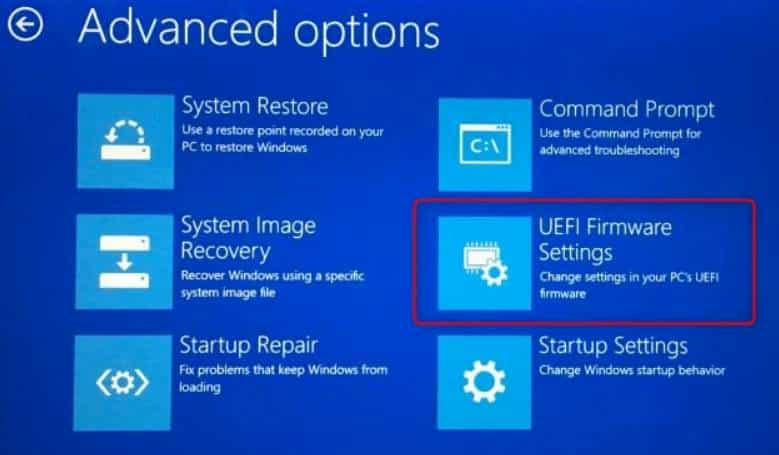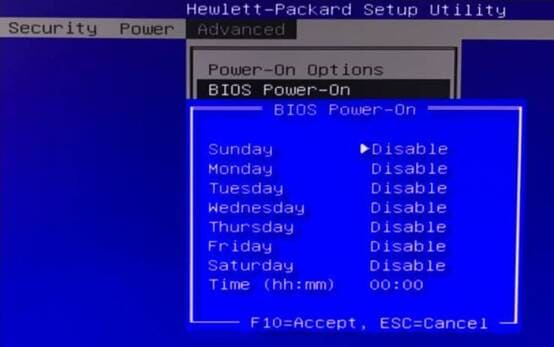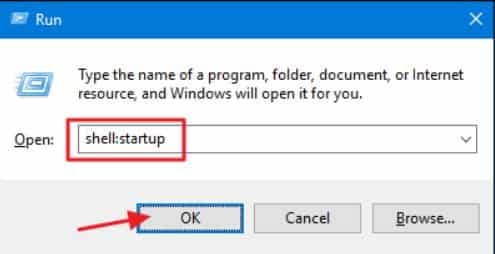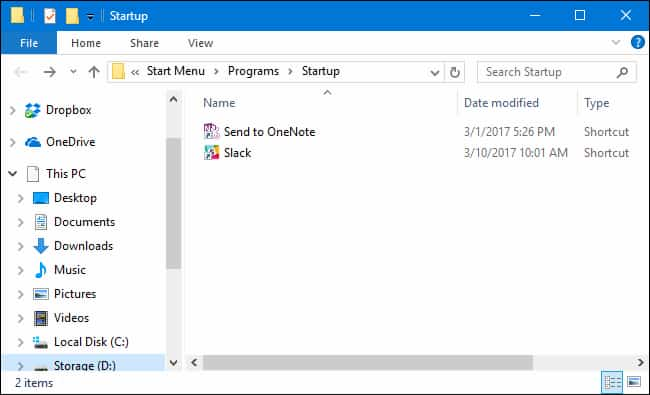Do you always start your computer at the same time every day? For example, for employees, at 7:00 a.m. and 1:00 p.m. you have to turn on the computer to work, or at 8:00 p.m. every day you turn on the computer for entertainment. So why don't we set a timer to start the computer to save time? This article will help you set a timer to start your computer.
| Join the channel Telegram belong to AnonyViet 👉 Link 👈 |
This seems unnecessary with computers Quick startbut suitable for those who like automation. This can be useful so that your computer automatically starts up in the middle of the night to download files.
Use the computer boot timer feature on BIOS or UEFI
The timer feature to turn on the computer is almost always built into the Mainboard, but not all types have it. Whether this option is available depends on your computer's hardware. You can check the Mainboard parameters to see if it supports this function.
To find the scheduled computer startup feature, you'll need to access your computer's UEFI or BIOS settings screen. (UEFI is the replacement for the traditional PC BIOS.) To access it, restart your computer and press the appropriate key during the boot process. It is usually F11, Delete, F2 or Esc. The BIOS or UEFI entry function button may be displayed in the lower corner of the computer's boot screen.
On some PCs, you may have to select the option instead “UEFI Firmware Settings” in phan Troubleshoot > Advanced Options on the Advanced Boot Option screen of Windows 10. The Advanced Boot Option option is simply to press and type the command shutdown.exe /r /o enter cmd and Enter.
In the UEFI or BIOS settings screen, look for an option that will start the computer on a schedule. The picture below is HP's BIOS interface, where the computer boot timer function is located Advanced> BIOS Power-On.
Here, we can choose what time to power it on and what day of the week it is.
This feature depends on whether your computer's hardware supports it or not, and the function name will vary depending on the brand. Therefore, you need to read the instructions and detailed features of the Mainboard. If you do not know what brand and type the computer Mainboard is, then use it. CPUZ to check.
For example: In some other brands, the timer feature to turn on the computer is located in the Menu Advanced Settings > APM Configuration > Power On By RTC.
If you have scheduled a time to open your computer, you can Set a timer to turn off the computer on Windows is quite simple.
How to log in and automatically run software on Windows
After the computer has automatically started on schedule, and you want some programs to automatically launch when Windows reaches the Desktop. This is quite simple, everything you can configure right on Windows without depending on hardware.
To Windows automatically log in to Desktop At startup, you can manually set whether that user has a Password. However, if you do so, your computer will be less secure because anyone can access your computer. Setting up Windows to automatically Login to the Desktop depends on your purpose of using the computer.
You can also let Windows automatically run any software after you log in. Here's how to add favorite programs that start with Windows.
Step 1: Press Ctrl + R to open the RUN dialog box and type the command shell:startup
Step 2: You will see a File Explorer window appear, any files in this folder will be opened when Windows reaches the Desktop. You just need to copy the Shortcut of the program you want to start with Windows here and you're done.
Also you can use Task Scheduler to schedule software opening times according to schedule.
Thus, with the above tips, you can completely automate the process of starting the computer and opening the software without having to perform manual operations.













